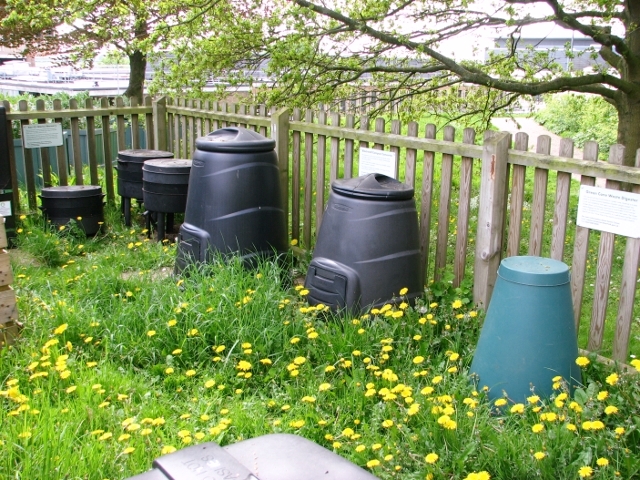There are several different types of composting bins to choose from: stationary compost bins, tumbling compost bins, worm composters, in-ground compost bins, food waste digester bins, and electric compost bins. What you are looking to compost will be the key determining factor in helping you make the right selection.
Table of Contents
What type of container is best for compost?
All the various containers are suited to different circumstances, so to decide what container is best for you, ask yourself the following questions:
1. What are you composting?
Your composter’s size and type will be determined by what you compost. Will you compost mostly green materials like food waste, coffee grounds, peels, and organic matter from your kitchen?
Do you have yard waste like grass clippings, shrub trimmings, and a pile of garden waste to deal with?
2. Where are you going to compost?
You can still compost if you don’t have any outdoor space, but the type of composter you choose will be different than one made for outside.
Some composters are perfect for apartment dwellers or homes with a balcony or garage. Others need a bigger outdoor space and access to the ground.
Ask yourself, do I need an indoor composter? Does it have to fit on my countertop?
3. How will you use your compost?
Some people compost to reduce their trash. Some people make compost for their lawns or gardens since compost is the best fertilizer you can use.
If you don’t want to deal with compost because you live in an apartment or don’t have time to garden, some composters will work for you.
Types of compost bins
1. Stationary compost bin
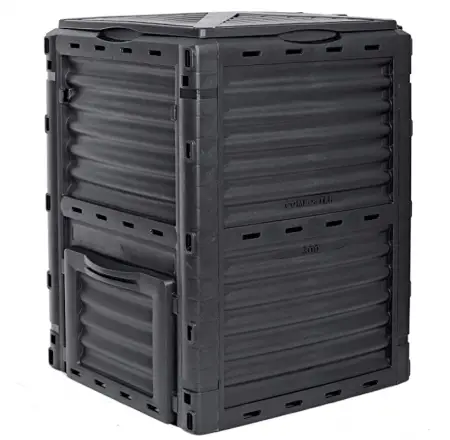
A stationary bin usually has an open bottom so beneficial microorganisms, and worms can enter to speed up the composting process.
One or two doors on stationary bins allow the compost to be emptied once it has been finished.
Stationary compost bin recommendation:
2. Tumbling compost bin
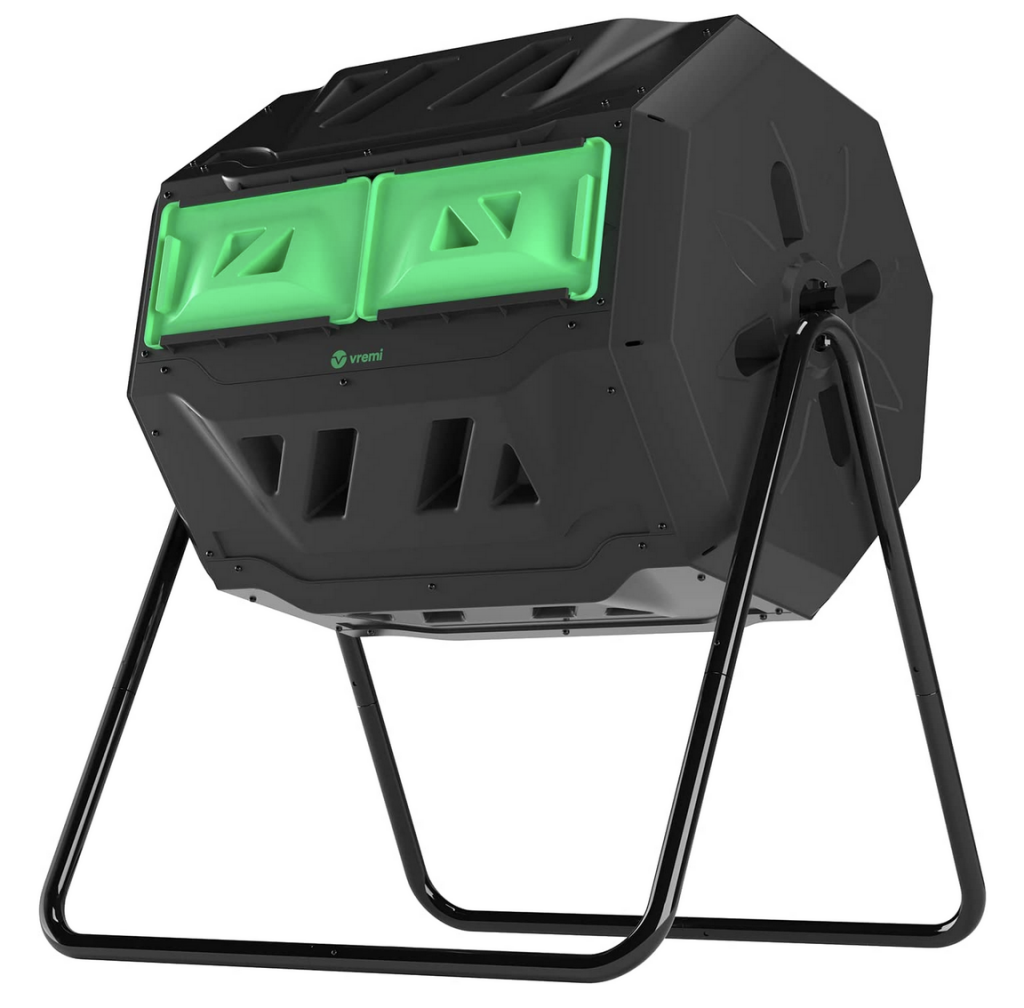
Compared to traditional compost bins, compost tumblers are more durable. The construction of tumblers is more extensive since they must be able to support the full weight of composting materials.
Tumbling compost bin recommendation:
3. Worm compost bin
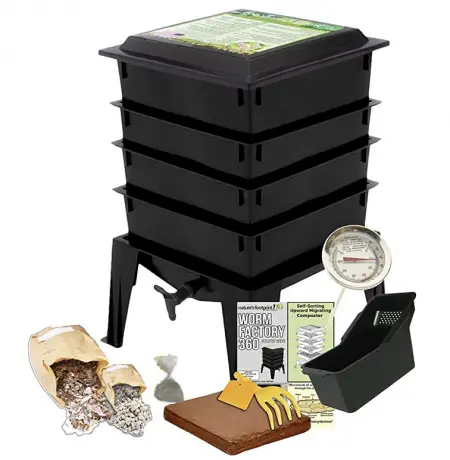
At its most basic level, a worm composter (vermicomposting) is simply a bin with holes for ventilation and moisture. In most cases, it is made of plastic and is elevated off the ground to allow water to drain out of it.
Typically, indoor worm bins are made from plastic storage bins or totes that have lids.
Worm compost bin recommendation:
4. In-ground compost bin
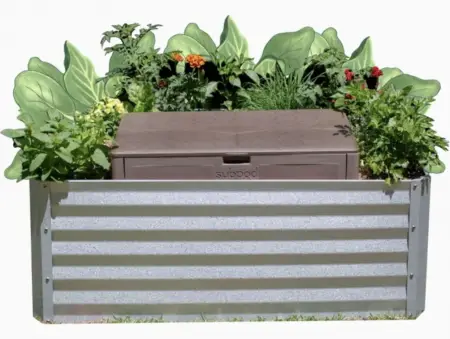
Compost bins that are partially buried in the soil of your garden are called underground compost bins.
They are generally smaller and are well suited to composting kitchen waste.
The unique composting method differs from traditional “above-ground” compost bins that are simply placed on top of the soil.
In-ground compost bin recommendation:
5. Food waste digester bin
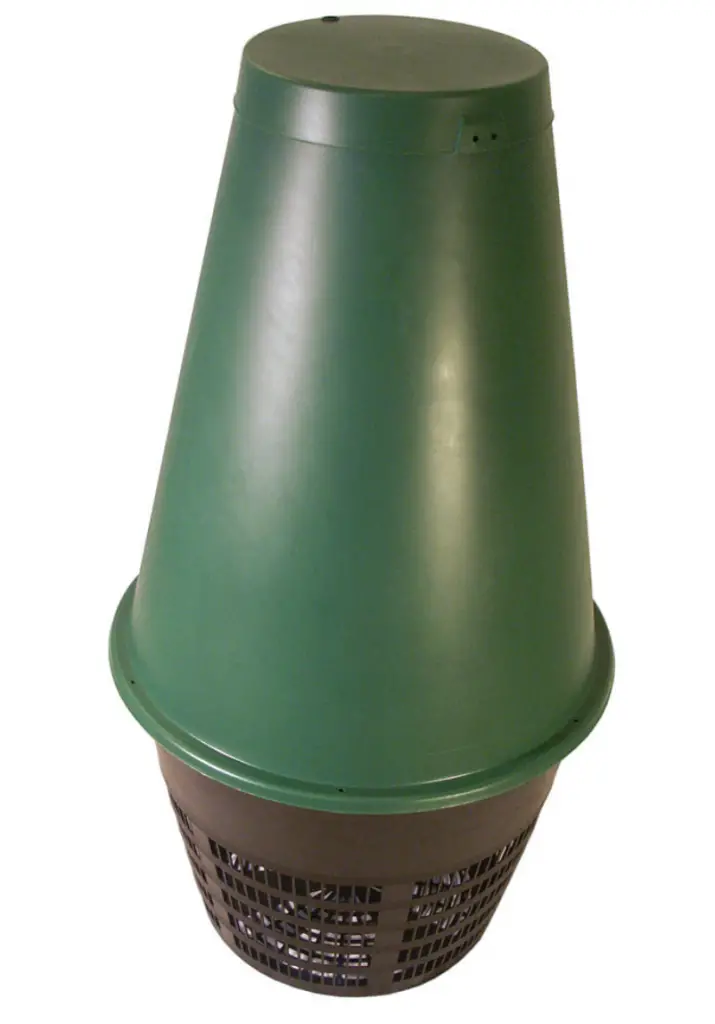
Home composting bins and food waste digesters share some similarities, but they are specifically designed for food waste – such as cooked food, dairy, or meat – that you would not want to throw into a traditional composting system as they would attract pests and produce unpleasant odors.
Food waste digester bin recommendation:
6. Electric compost bin
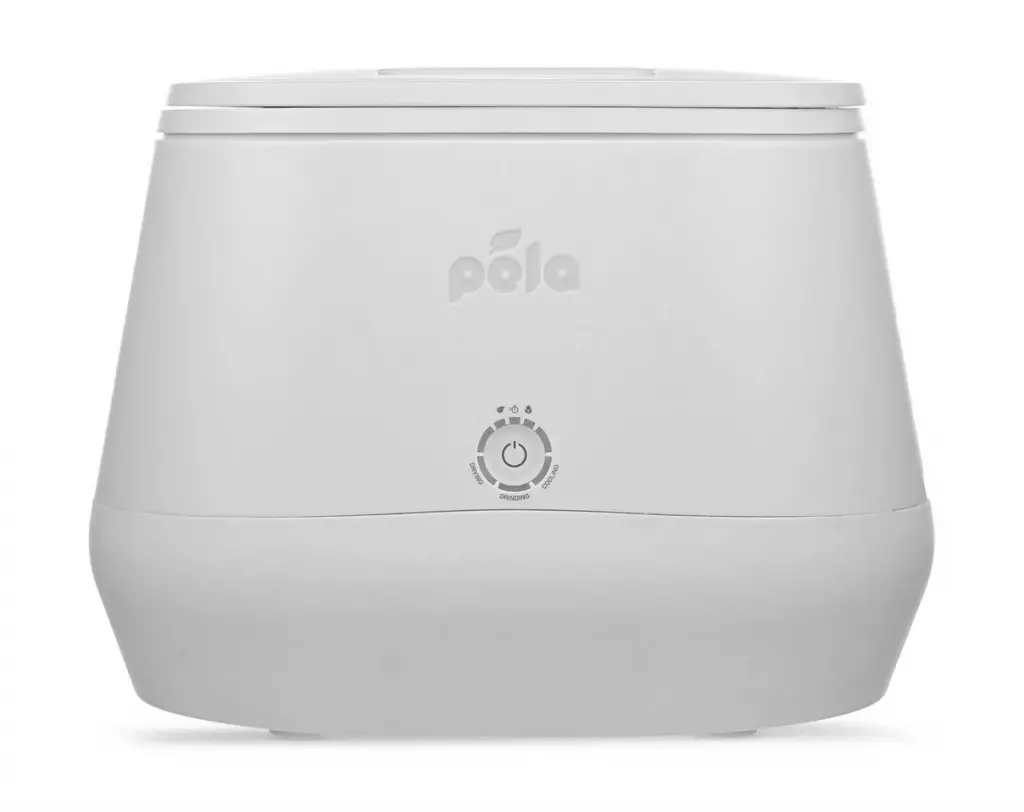
The electric composter is a device that breaks down organic waste into soil amendments. Using electricity to compost your food scraps allows them to break down much faster than traditional compost piles.
In general, you can expect an electric food composter to complete its task within one day.
Electric compost bin recommendation:
Can any bin be a compost bin?
Almost any plastic bin can be used for composting, provided a few modifications are made to ensure the composting process is still efficient.
Generally, this involves making holes for aeration and drainage. Using this uncomplicated adaptation, trash cans can be easily converted into composters.
What size composter do you need?
Once you have decided on the style of composter you prefer, the next step is to select the appropriate size.
We recommend a composter that can process at least 4.5 cubic feet of material for a family of 1-4 people.
A 15 to 20 cubic feet bin capacity would be sufficient if you intend to add organic materials like garden waste or yard trimmings.
Does a compost bin need a bottom?
When building your compost bin from scratch (DIY), you usually do not need to add a bottom.
Placing composting materials directly on soil, microorganisms, worms, and insects can move from soil to compost, which is very good for your pile.
The worms and insects will help materials decompose and aerate the pile, so you end up with quality compost.
Can you compost without a bin?
Composting does not require a bin. One hassle-free method of making homemade compost is trenching.
Dig a hole about a foot deep and a foot wide, fill it with kitchen scraps and compostable materials and cover it with dirt.
Over time, the contents of the trench will turn into crumbly humus, and that is when you will know you have finished compost.

